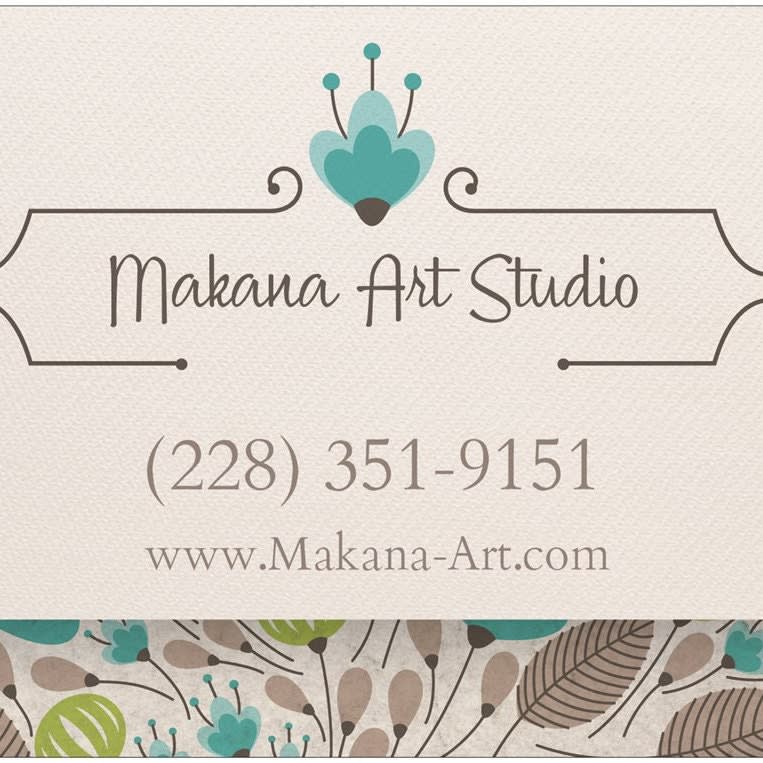
Preparing to Teach Your First Artist Workshop

Updated on: 03/30/2022
Teaching a workshop is not only a great way to bring in some extra income for your studio.
Workshops also give you the opportunity to meet new people in the art world, gain exposure for your art business, beef up your contact list, stimulate your own creativity, improve your public speaking skills ... and the list of benefits goes on.
But, you’ve never hosted a workshop before. So how do you actually go about setting up and teaching one?
Whether you’re wondering what lessons to demonstrate or how many students you should have in each class, we’ve rounded up eight tips for teaching your first artist workshop, so your students leave feeling satisfied and ready to sign up for more.
Teach Actual Techniques
Listen to this less than desirable workshop experience from watercolor artist Angela Fehr:
“Although I didn’t know it at the time, I had chosen a teacher who was more concerned with encouraging students’ creativity than actually teaching us how to paint. From that class, I learned not to waste my time with cheap supplies, and to paint from light to dark as a rule, but I was still pretty much uninstructed where actual techniques were concerned.”
Long story short: you don’t want your students feeling this way. You want workshop participants to go home feeling empowered with the new skills they gained and confident to apply them in their own work. A fun way to do this? Angela suggests having students create cheat sheets to help recall different techniques they’ve learned.
Complete a Full Piece
Don’t stop at techniques, either. Have students finish an entire piece so they feel more accomplished. Having the finished artwork with them when they go home will also give them a wonderful opportunity to discuss your workshop with friends and advertise your expertise to other potential students.
Plan and Practice
Now that you have the bulk of the teaching material nailed down, focus on the two big P’s—planning and practice—because winging it probably won’t cut it.
As for the planning, sketch out the most important lessons to teach and gather the right supplies. When you get ready to practice, call a friend to walk through demonstrations with, time yourself, and write down whatever you feel is necessary. While it may take some work up front, your preparation will pay off in the long run.
Cover Your Costs
Knowing what to charge for workshops can be a real pickle. To help, take a look at Art Biz Coach Alyson Stanfield’s post on what other artists are getting paid for teaching workshops, and try researching similar workshop costs in your area.
Just don’t forget to include the cost of supplies for each student in the fee, or else that cost will be left for you to cover. And, if you want to give more people the chance to attend your workshop, consider offering a payment plan for those who may not be able to afford the workshop costs all at once.
What’s next?
Promote Like a Pro
Once you have your workshop planned and ready to go, promotion is key! This means hitting up fans on social media, your blog, newsletters, online groups, at art fairs, and any other outlet you can think of to spread the word.
Erase any fears students may have of signing up by clearly stating the experience level needed for the class. Some artists have success with enrollment numbers by casting a wide net with workshops open to all skill levels, and others teach more advanced techniques that attract professionals from all over the country.
Keep the Class Size Small
Know your limits. This includes knowing how many people you can instruct at once. You want to be able to have one-on-one time to answer questions and provide guidance, where students aren’t begging for your attention.
This may mean starting off with as little as two or three students and seeing what you can handle. If smaller classes are more comfortable with your teaching style, you can offer multiple workshop sessions each month to accommodate more students.
Leave Time to Recharge
Another tip? Determine how long you want your workshop to last. Depending on the lesson, workshops can range from a few hours to half a day, or more.
If the class spans multiple hours, don’t forget to allow for rest, water, and snack breaks as needed. One great idea is to let students walk around the room and generate conversation about everyone’s progress.
Don’t Forget to Have Fun
Finally, keep your workshop lighthearted and relaxed. While you want students to walk away with newfound knowledge and skills, this should be a fun experience! Having the right amount of excitement will make students want to come back for more, instead of treating it like a chore.
Go forth and teach!
Of course, you want teaching your first artist workshop to be a success. To make the process less daunting, keep in mind what you would want to get out of the workshop if you were the student. Aim for creating an inviting atmosphere where pupils can learn real techniques with one-on-one guidance. Follow this advice and help make artist workshops a thriving venture for your art business.
Workshops are a great way to connect with fellow artists and boost your art business.
Source: https://www.artworkarchive.com/blog/preparing-to-teach-your-first-artist-workshop
Send a Message
Complete the form below to connect with us
Contact Us
Office location
8317 Delynn Dr., Biloxi, Mississippi, 39532Give us a call
(228) 351-9151Send us an email
[email protected]Other website
makanaartstudio.patternbyetsy.com/